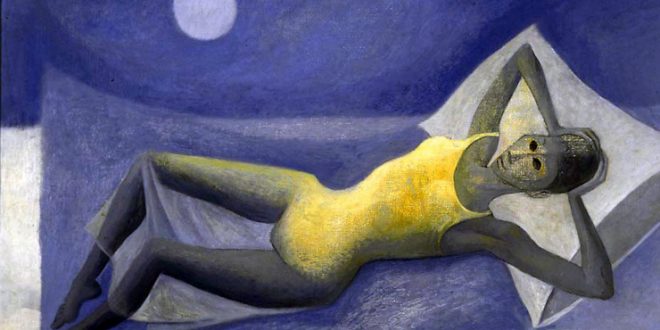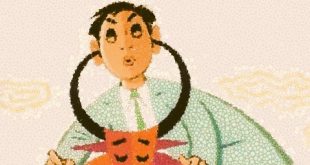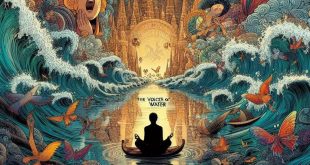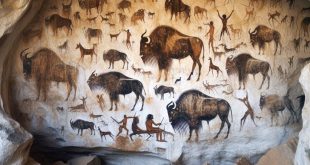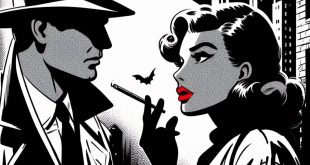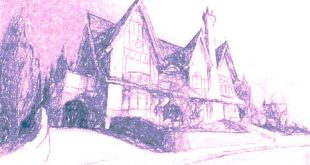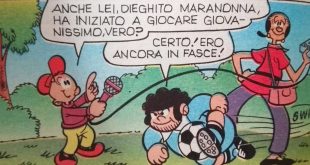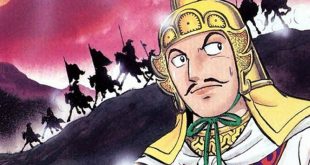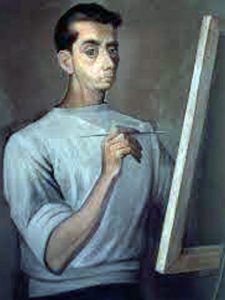 Not only cartoonist, but also muralist, portraitist and landscape painter
Not only cartoonist, but also muralist, portraitist and landscape painter
He began his artistic career by creating cartoons for publications for newspapers in Guadalajara and Mexico City, where his cartoons were also publish in La Sátira, Excélsior and El Universal. His first teacher influenced him in the creation of satirical cartoons, nudes and portraits. He is part of a generation of artists from the state of Jalisco who have greatly influenced the way we perceive artistic creativity. Along with book and cartoon illustrations, Carlos Orozco Romero https://collection.blantonmuseum.org/artist-maker/info/5207 created easel works and set designs. Due to his role in the capital of the mural movement, at the age of sixteen, he left Guadalajara for Mexico City, where he married the woman destined to stay with him until her death.
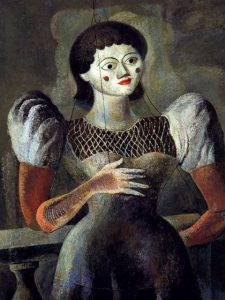
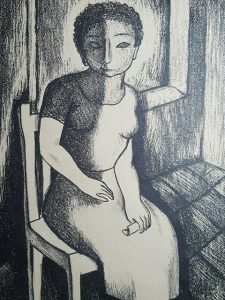 In the 1920s and 1930s, his work not only appeared in some books, but he also painted murals, of which Hombre survived opening the tierra, at the Direccion General de Caminos in Guadalajara. Among his influences, you find a passion for pre-Hispanic art and that for printing. In the early works of Carlos Orozco Romero https://www.annexgalleries.com/inventory/detail/19884/Carlos-Orozco-Romero/Dancing-Woman, you find the academicism of line drawing, yet it was the European experience that introduced him to Diego Velázquez and Francisco Goya, also opening the doors of cubism and surrealism to him.
In the 1920s and 1930s, his work not only appeared in some books, but he also painted murals, of which Hombre survived opening the tierra, at the Direccion General de Caminos in Guadalajara. Among his influences, you find a passion for pre-Hispanic art and that for printing. In the early works of Carlos Orozco Romero https://www.annexgalleries.com/inventory/detail/19884/Carlos-Orozco-Romero/Dancing-Woman, you find the academicism of line drawing, yet it was the European experience that introduced him to Diego Velázquez and Francisco Goya, also opening the doors of cubism and surrealism to him.
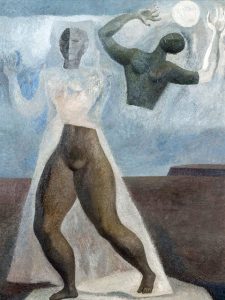
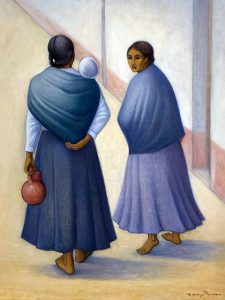 Born in 1896 in Guadalajara (Jalisco), he became a cartoonist and painter, with works appreciated among others by the Academia de Artes and the Salón de la Plástica Mexicana. His creative themes included portraits, but he also learned to paint surreal landscapes. In 1939, he was in New York with a scholarship. It was on that occasion, that Carlos Orozco Romero https://www.britishmuseum.org/collection/term/BIOG181593 painted Los hilos, the work that since then would have identified his way of perceiving art.
Born in 1896 in Guadalajara (Jalisco), he became a cartoonist and painter, with works appreciated among others by the Academia de Artes and the Salón de la Plástica Mexicana. His creative themes included portraits, but he also learned to paint surreal landscapes. In 1939, he was in New York with a scholarship. It was on that occasion, that Carlos Orozco Romero https://www.britishmuseum.org/collection/term/BIOG181593 painted Los hilos, the work that since then would have identified his way of perceiving art.
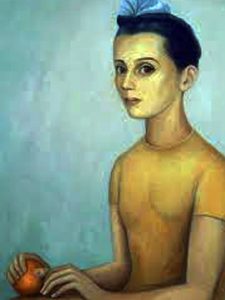 His father, a poorly educated tailor,
His father, a poorly educated tailor, thought a couple of teachers could provide him with the basics of painting. Because not only his wife was pregnant, but also because he missed Mexico, they left Europe in 1923, returning to Guadalajara, where he learned the art of engraving from a Peruvian artist. From 1962 to 1964, he was also director of the Museo de Arte Moderno. During his life, Carlos Orozco Romero https://www.metmuseum.org/art/collection/search/715268 helped to give life to some Mexican cultural institutions, such as the Palacio de Bellas Artes art gallery and the La Esmeralda art school. The value of his work was recognize with the Premio Nacional de Arte, in 1980.
thought a couple of teachers could provide him with the basics of painting. Because not only his wife was pregnant, but also because he missed Mexico, they left Europe in 1923, returning to Guadalajara, where he learned the art of engraving from a Peruvian artist. From 1962 to 1964, he was also director of the Museo de Arte Moderno. During his life, Carlos Orozco Romero https://www.metmuseum.org/art/collection/search/715268 helped to give life to some Mexican cultural institutions, such as the Palacio de Bellas Artes art gallery and the La Esmeralda art school. The value of his work was recognize with the Premio Nacional de Arte, in 1980.
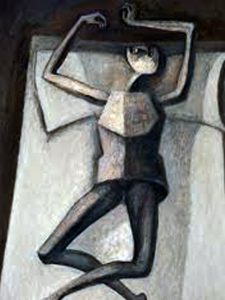
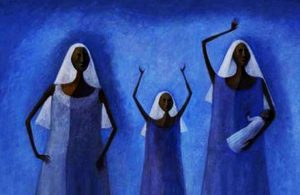 At the age of thirteen, he already made a living by drawing cartoons, but he soon became part of a group of artists who allowed him to meet the very famous David Alfaro Siqueiros, Xavier Guerrero and Carlos Stahl. He began exhibiting his works of art in the 1920s, his transition from cartoonist to painter with an exhibition held at the Iturbide Palace in Mexico City in 1928. From the 1920s to the 1930s, Carlos Orozco Romero https://www.abebooks.com/art-prints/ANTIQUE-VINTAGE-MEXICAN-LITHOGRAPH-CARLOS-OROZCO/30219330484/bd exhibit in New York and Chicago, as well as at the 1958 Venice Biennale. His last exhibitions were hosted at the Museo de Arte Contemporáneo de Monterrey. He died of pneumonia and malnutrition in Mexico City in the spring of 1984.
At the age of thirteen, he already made a living by drawing cartoons, but he soon became part of a group of artists who allowed him to meet the very famous David Alfaro Siqueiros, Xavier Guerrero and Carlos Stahl. He began exhibiting his works of art in the 1920s, his transition from cartoonist to painter with an exhibition held at the Iturbide Palace in Mexico City in 1928. From the 1920s to the 1930s, Carlos Orozco Romero https://www.abebooks.com/art-prints/ANTIQUE-VINTAGE-MEXICAN-LITHOGRAPH-CARLOS-OROZCO/30219330484/bd exhibit in New York and Chicago, as well as at the 1958 Venice Biennale. His last exhibitions were hosted at the Museo de Arte Contemporáneo de Monterrey. He died of pneumonia and malnutrition in Mexico City in the spring of 1984.

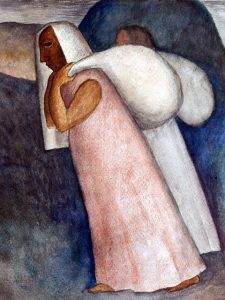 The sole purpose of this site is to spread the knowledge of these creative people, allowing others to appreciate their works. If you want to know some already published cartoonists, you can type https://meetingbenches.com/category/cartoonists/. The intellectual properties of the images appearing in this blog correspond to their authors.
The sole purpose of this site is to spread the knowledge of these creative people, allowing others to appreciate their works. If you want to know some already published cartoonists, you can type https://meetingbenches.com/category/cartoonists/. The intellectual properties of the images appearing in this blog correspond to their authors.
 Meeting Benches World art in all forms
Meeting Benches World art in all forms
